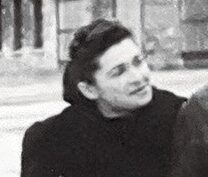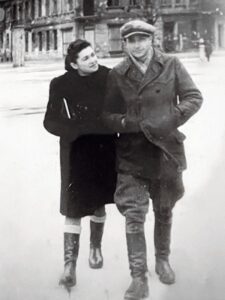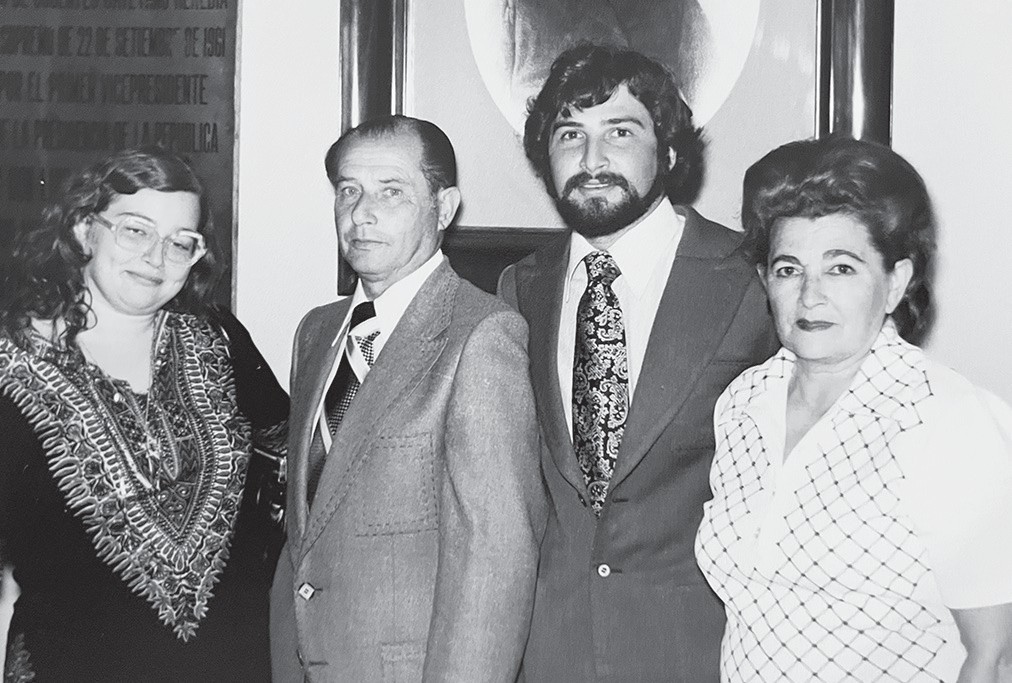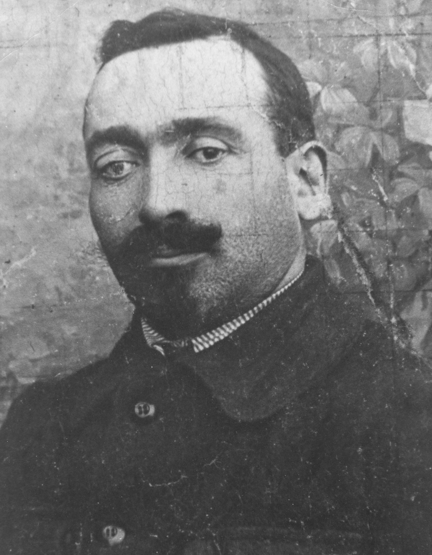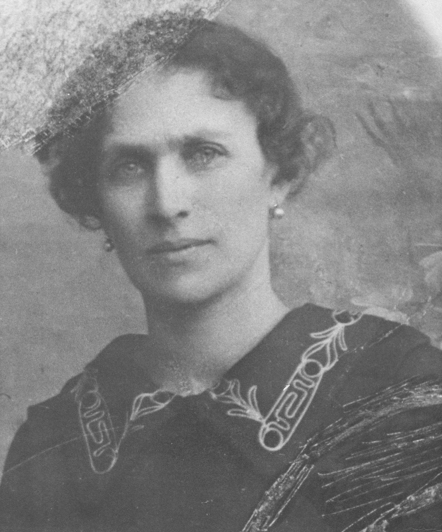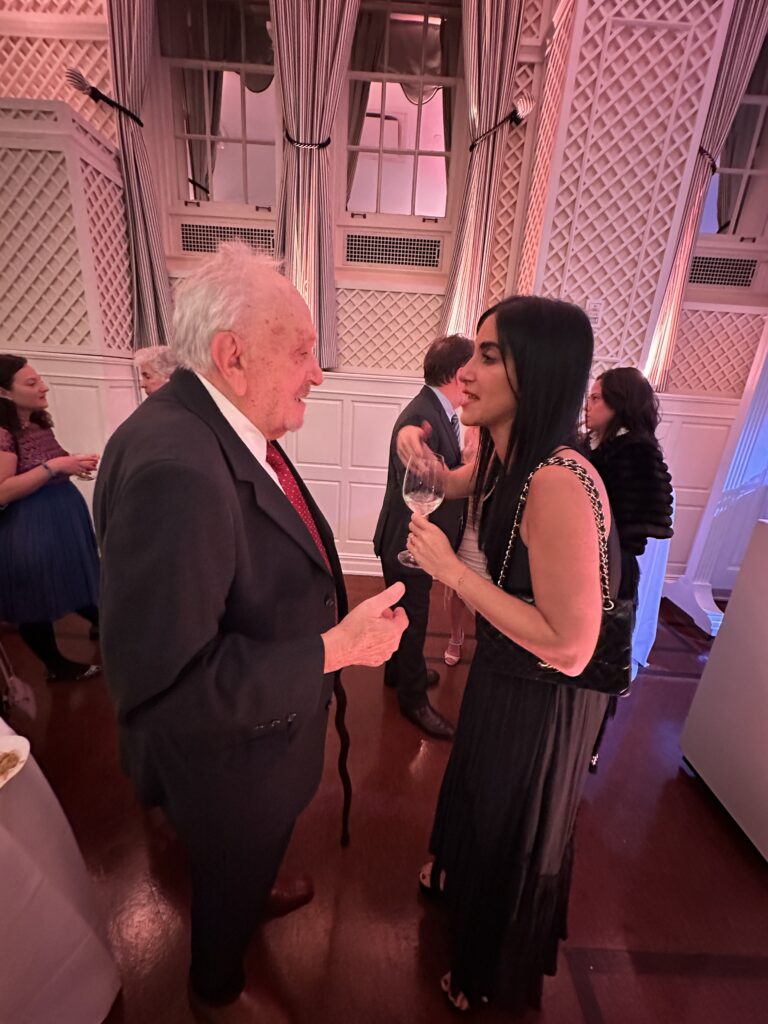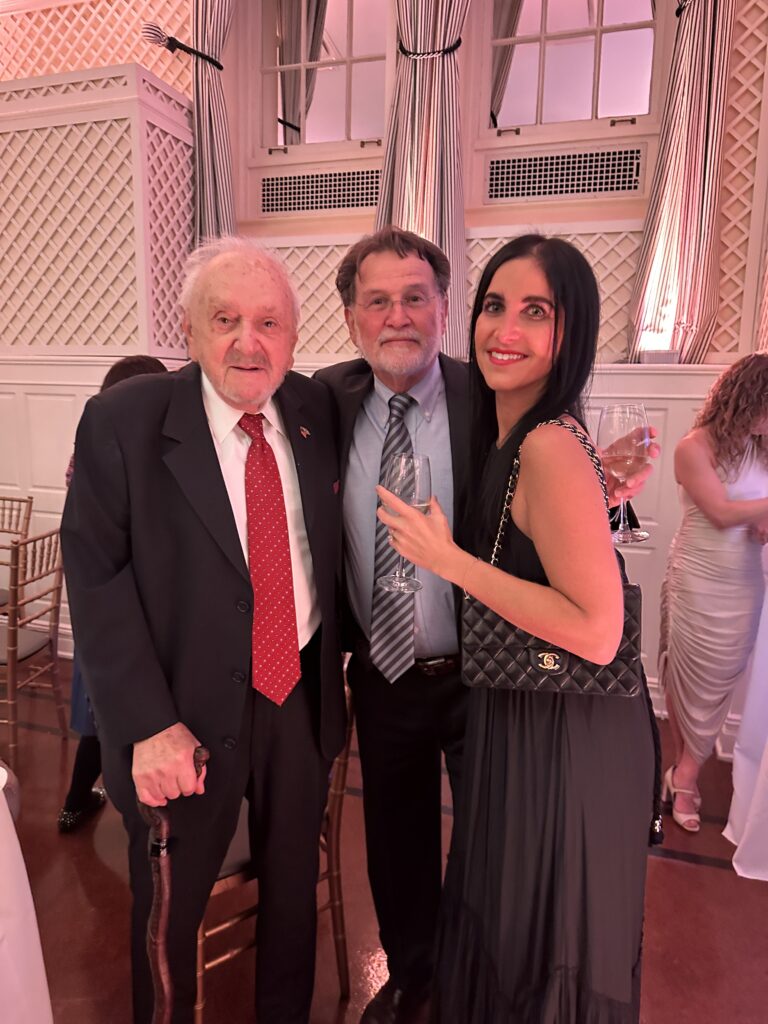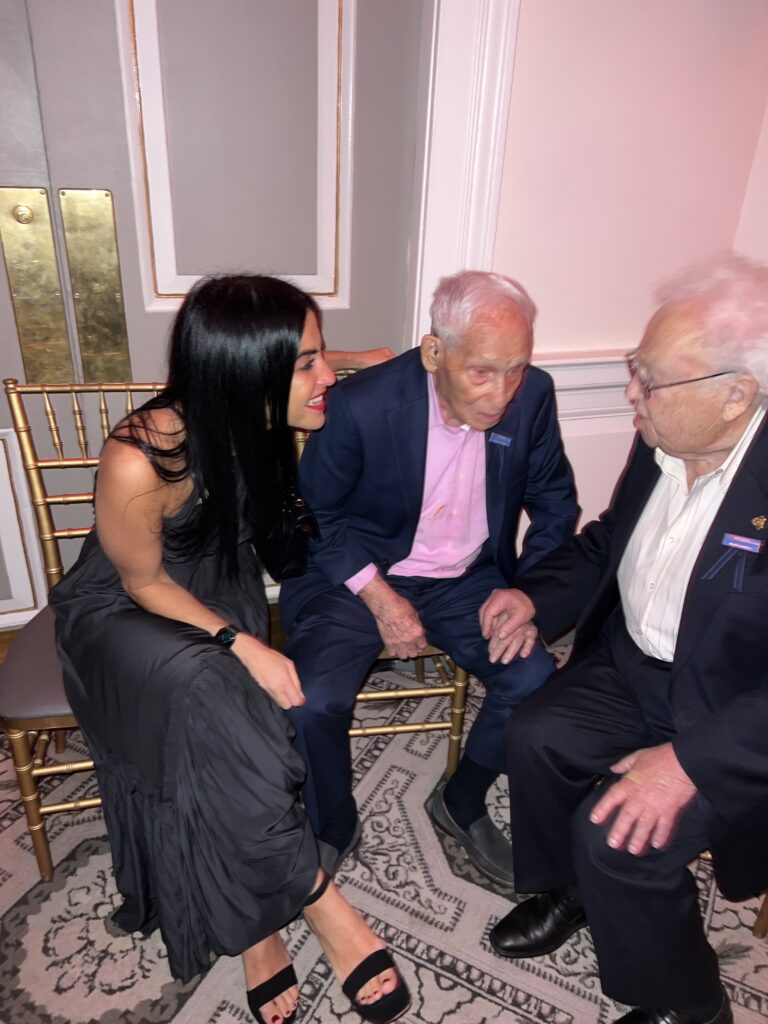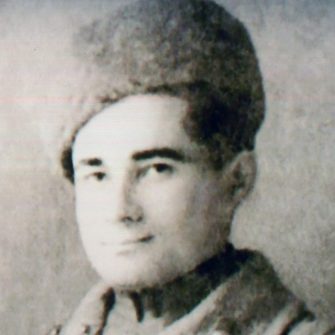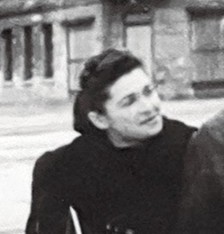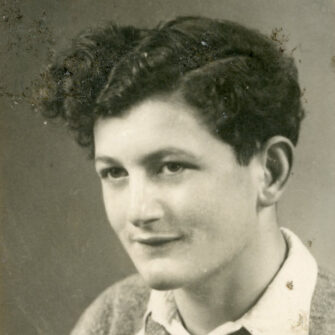Betkhe Stul Solc was born in the village of Byenyakoni, Lithuania, in present-day Belarus. She lived with her parents, Yankel Zissel and Leah Stul (née Levin), along with one brother and five sisters. Her parents owned a bakery near the train station in their village, and her father made a living moving cattle from one town to another. Before the war, Betkhe’s older sister Rivka (Rita) moved to Peru, a decision that would save her life.
In June 1941, Betkhe’s life drastically changed. The Germans launched Operation Barbarossa and invaded the Soviet Union, which, since June 1940, included Lithuania. Shortly after the invasion, the Germans occupied Lithuania.
With the Nazi occupation came the persecution of the Jewish population. A ghetto was established in nearby Lida, south of Byenyakoni, in September 1941. Jews from smaller surrounding towns were forced into the ghetto as well, including Betkhe and her family. It was in the Lida Ghetto that Betke met Leib Solc. The young couple soon fell in love and were married in the ghetto.
On May 8, 1942, the Nazis began slaughtering the Jews in the Lida Ghetto and burying them in mass graves. In September 1943, the Nazis liquidated the ghetto. Those remaining were taken away in cattle cars to Majdanek Concentration Camp. Betkhe and Leib were among them.
A young man named Michael Stoll, who was in the same cattle car, bravely helped his family and many others, including Betkhe and Leib, escape. He broke the bars of the cattle car window with an ax that his sister managed to obtain from a Polish policeman. Michael climbed through the small window and broke the door latch with his bare hands. He opened the door from the outside, allowing people to jump out before the Germans began shooting towards the train, and Michael was forced to close the door. Michael repeated the process, opening the door a second time before escaping.
Betkhe and Leib jumped from the moving train and ran. Under the cover of darkness, they moved from farm to farm and slept in the woods. One day, they approached a Gentile woman who directed them to another farm where they could find help. When Betkhe and Leib arrived at the farm on Kol Nidre, the night before Yom Kippur, they saw young men armed with rifles guarding the barn. At first, they thought they were Nazis, but suddenly Betkhe recognized one of the men. They had attended school together in Byenyakoni.
The young men were Bielski partisans at the farm to obtain supplies for the brigade. They led Betkhe and Leib to their partisan hideout in Novogrudok. The young couple were given rifles, officially becoming part of the Bielski Partisan Brigade. Betkhe never forgot that Kol Nidre, the night she met the farmer, joined the brigade and knew she was finally safe.
Betkhe and Leib stayed with the Bielski Brigade until the end of the war. Betkhe lost much of her family during the Holocaust, including her parents and two sisters. Only her younger sister Sonia and brother Boris survived.
Betkhe and Leib lived in a Displaced Persons camp for a time. Leib sold cigarettes and watches to the Russians, trying to make a living while they waited for visas. The Red Cross eventually helped them locate Betkhe’s sister, Rivka. In October 1948, Betkhe, Leib, and Boris immigrated to Lima, Peru, and were reunited with Rivka.
Betkhe and Leib’s son Zucel was born in 1949, followed by their daughter Sarah in 1954. Leib worked in a wool mill. They lived a simple but happy life, providing a beautiful childhood for their children. Betkhe and Leib did not discuss their Holocaust experiences, but over the years, they gradually shared their experiences with their children.
Betkhe passed away in 2014, and Leib in 1979. They have two granddaughters, Arielle and Aliza.
In 2023, their son Zucel and granddaughter Arielle attended the JPEF Gala in New York City. There they met Michael Stoll, the boy who saved Betkhe and Leib’s lives. This miraculous reunion is documented here.

